Masami Teraoka has all the idiosyncrasies one might imagine of a world-building artist. Although his studio is mere blocks away from the serene white sands of Waimānalo Beach on the eastern shore of O‘ahu, Teraoka’s paintings have never shied away from subject matter that addresses social and political issues of the day—many of which can be controversial and shocking for viewers. His latest series of paintings, which pit ski mask-wearing women in a battle royale against Catholic clergymen, was a response to sexual assault cases that were permeating the church.
Full of detail in gold and crimson, with hinged doors that open to reveal intense, fantastical scenes, the series began a decade ago and was shown in its explicit entirety at the Honolulu Museum of Art in 2015 under the title Feast of Fools: The Triptych Paintings of Masami Teraoka. Even when closed, the doors of each triptych reveal a traumatic past that inevitably shaped Teraoka as an artist today.
In 1945, Teraoka was a child survivor of the nuclear holocaust that was inflicted on Hiroshima, Japan. His uncle survived the blast under a collapsed house, and after severe injury, saved a friend in the rubble while bloody and naked, then walked for kilometers to his grandmother’s still-standing house for help. “It’s the kind of thing you don’t forget,” he says. “It’s etched in my brain forever.” Memory of the devastation had not shown in his previous work, but found itself on the exterior panels of the diptychs and triptychs of his recent work. When closed, the outside of the painted panels have twin orbs, which represent the sun, and on the opposite side of the horizon, the bomb. The sun hovers over Diamond Head and Koko Head—the famed promontories of urban Honolulu. Over the mountains is a floating peace gate of Hiroshima, and cherry blossom petals, set ablaze.
After the war, Teraoka earned a degree in Aesthetics at Kwansei Gakuin University in Kobe, Japan, and then moved to America in 1961. After attending Otis College of Art and Design in Los Angeles, Teraoka developed several print and painting exhibitions that satirized, condemned, and made surreal allusions to the commodification of bodies, globalization, capitalism, the AIDS epidemic, and most recently, sexual abuse in the Catholic Church.
His earlier work, more jovial in tone and subject, is held in several dozen institutions around the world. Teraoka’s East meets West style was inspired by techniques from artists who lived a century ago, like French impressionist Paul Cézanne. who was influenced by the compositions of Japanese woodblock prints, and Japanese printmaker Katsushika Hokusai, an Ukiyo-e painter and printmaker whose work depicted a whimsical world of history and folk tales, landscapes, and erotica. Since the 1990s, Teraoka’s paintings have bled toward surrealism worthy of comparison to Salvador Dalí.
Though entirely fictional, Teraoka’s work creates the kinds of juxtapositions found in the most compelling contemporary art, the most powerful of which does not merely reflect the current state of affairs, but comments on societal issues at large. “Pope Francis seems like a genuine human being. We would be friends. I feel comfortable depicting him,” says Teraoka, who says he attempted to reach the Pope via Twitter. On the other hand, he says, “I’d die if I had to paint Donald Trump.” Over the course of five decades, Teraoka has never slowed down, in life or art, and continues to show his work at the finest galleries throughout Hawai’i and the world. “I must continue to present my work, as this is my form of poetry,” he says. “What I’m trying to say is that creative freedom and individual liberties must be protected.”
*Meet the artist at the Honolulu Museum of Art for a limited time.
Masami Teraoka has all the idiosyncrasies one might imagine of a world-building artist. Although his studio is mere blocks away from the serene white sands of Waimānalo Beach on the eastern shore of O‘ahu, Teraoka’s paintings have never shied away from subject matter that addresses social and political issues of the day—many of which can be controversial and shocking for viewers. His latest series of paintings, which pit ski mask-wearing women in a battle royale against Catholic clergymen, was a response to sexual assault cases that were permeating the church.
Full of detail in gold and crimson, with hinged doors that open to reveal intense, fantastical scenes, the series began a decade ago and was shown in its explicit entirety at the Honolulu Museum of Art in 2015 under the title Feast of Fools: The Triptych Paintings of Masami Teraoka. Even when closed, the doors of each triptych reveal a traumatic past that inevitably shaped Teraoka as an artist today.
In 1945, Teraoka was a child survivor of the nuclear holocaust that was inflicted on Hiroshima, Japan. His uncle survived the blast under a collapsed house, and after severe injury, saved a friend in the rubble while bloody and naked, then walked for kilometers to his grandmother’s still-standing house for help. “It’s the kind of thing you don’t forget,” he says. “It’s etched in my brain forever.” Memory of the devastation had not shown in his previous work, but found itself on the exterior panels of the diptychs and triptychs of his recent work. When closed, the outside of the painted panels have twin orbs, which represent the sun, and on the opposite side of the horizon, the bomb. The sun hovers over Diamond Head and Koko Head—the famed promontories of urban Honolulu. Over the mountains is a floating peace gate of Hiroshima, and cherry blossom petals, set ablaze.
After the war, Teraoka earned a degree in Aesthetics at Kwansei Gakuin University in Kobe, Japan, and then moved to America in 1961. After attending Otis College of Art and Design in Los Angeles, Teraoka developed several print and painting exhibitions that satirized, condemned, and made surreal allusions to the commodification of bodies, globalization, capitalism, the AIDS epidemic, and most recently, sexual abuse in the Catholic Church.
His earlier work, more jovial in tone and subject, is held in several dozen institutions around the world. Teraoka’s East meets West style was inspired by techniques from artists who lived a century ago, like French impressionist Paul Cézanne. who was influenced by the compositions of Japanese woodblock prints, and Japanese printmaker Katsushika Hokusai, an Ukiyo-e painter and printmaker whose work depicted a whimsical world of history and folk tales, landscapes, and erotica. Since the 1990s, Teraoka’s paintings have bled toward surrealism worthy of comparison to Salvador Dalí.
Though entirely fictional, Teraoka’s work creates the kinds of juxtapositions found in the most compelling contemporary art, the most powerful of which does not merely reflect the current state of affairs, but comments on societal issues at large. “Pope Francis seems like a genuine human being. We would be friends. I feel comfortable depicting him,” says Teraoka, who says he attempted to reach the Pope via Twitter. On the other hand, he says, “I’d die if I had to paint Donald Trump.” Over the course of five decades, Teraoka has never slowed down, in life or art, and continues to show his work at the finest galleries throughout Hawai’i and the world. “I must continue to present my work, as this is my form of poetry,” he says. “What I’m trying to say is that creative freedom and individual liberties must be protected.”
*Meet the artist at the Honolulu Museum of Art for a limited time.
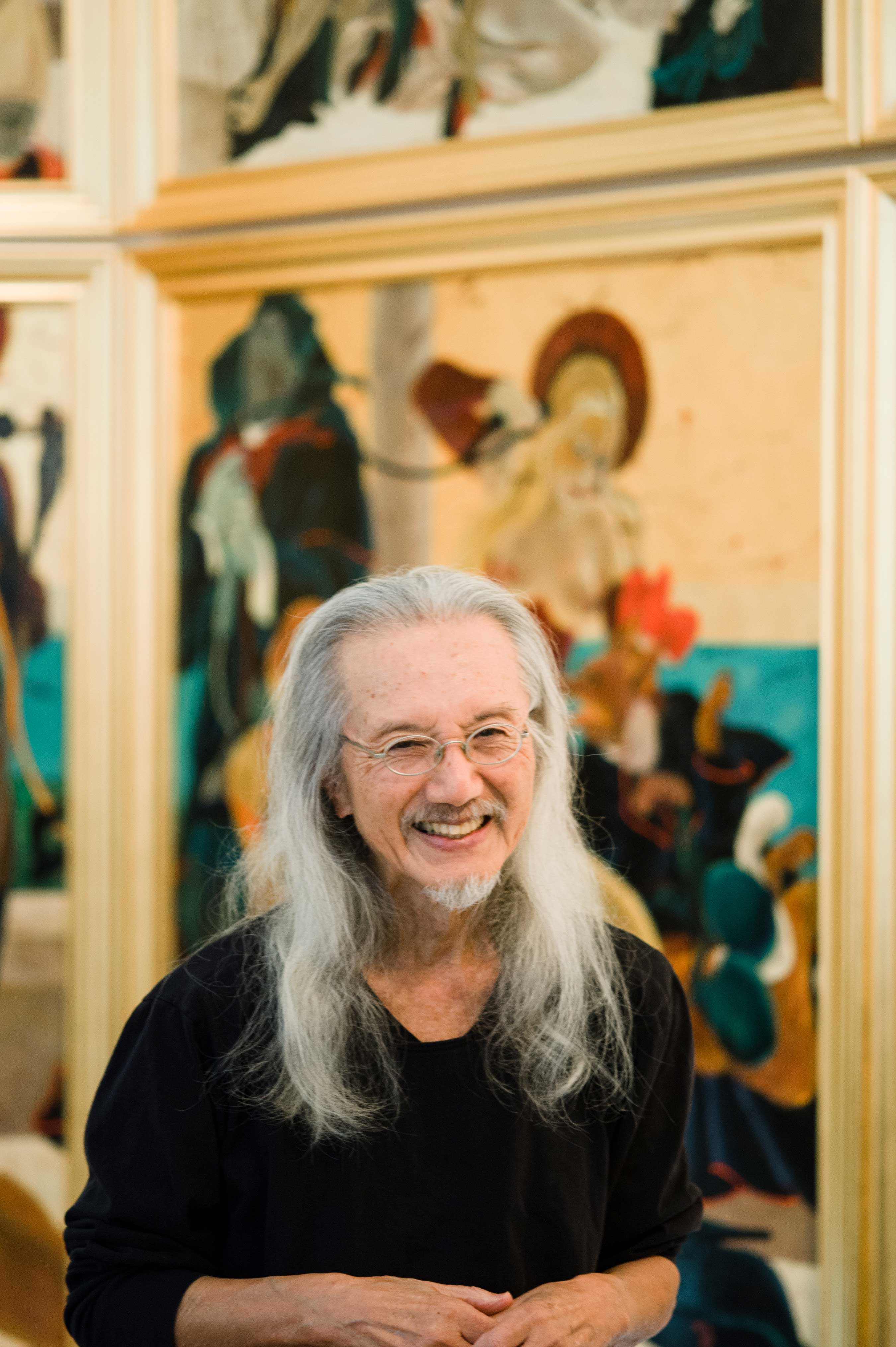
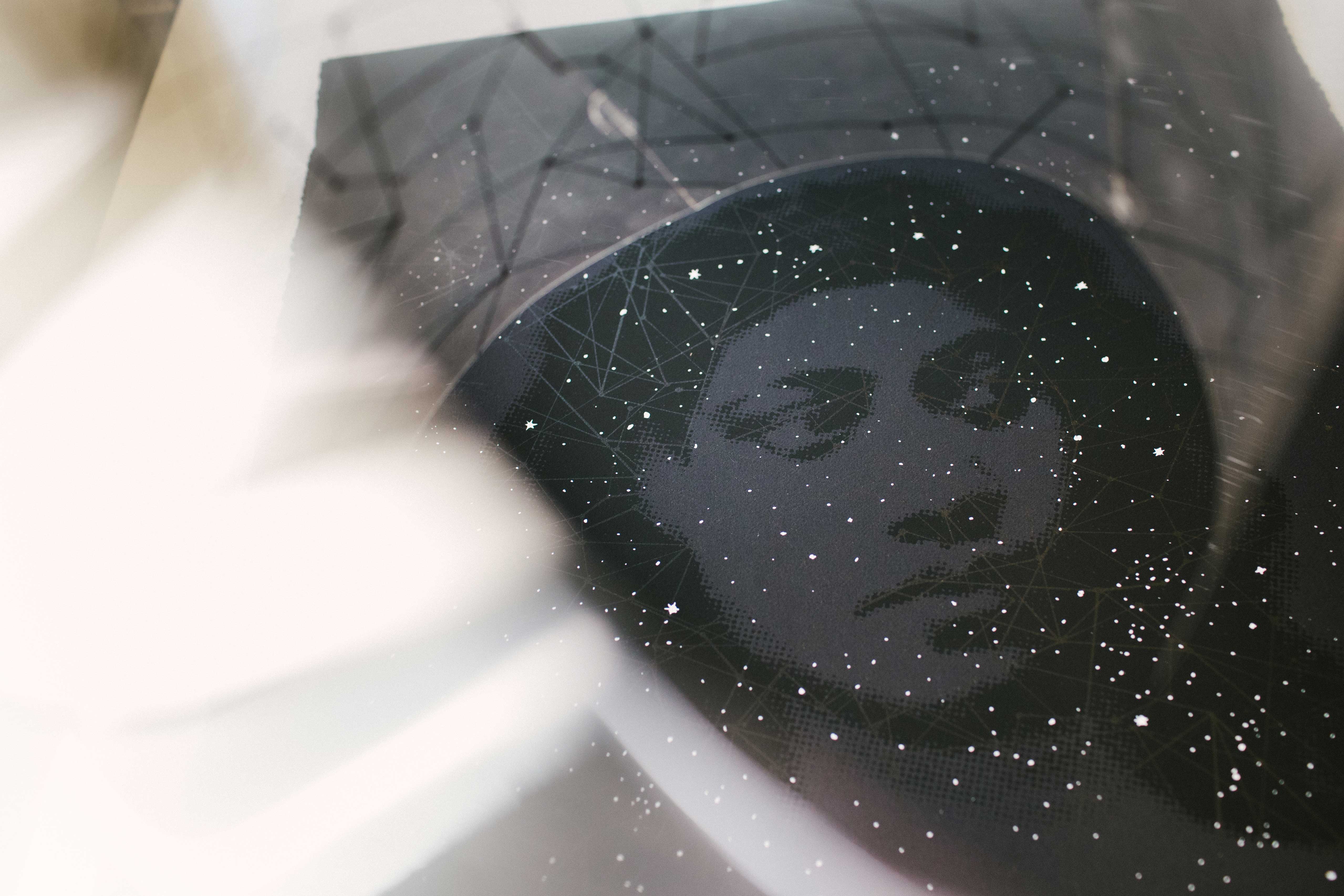
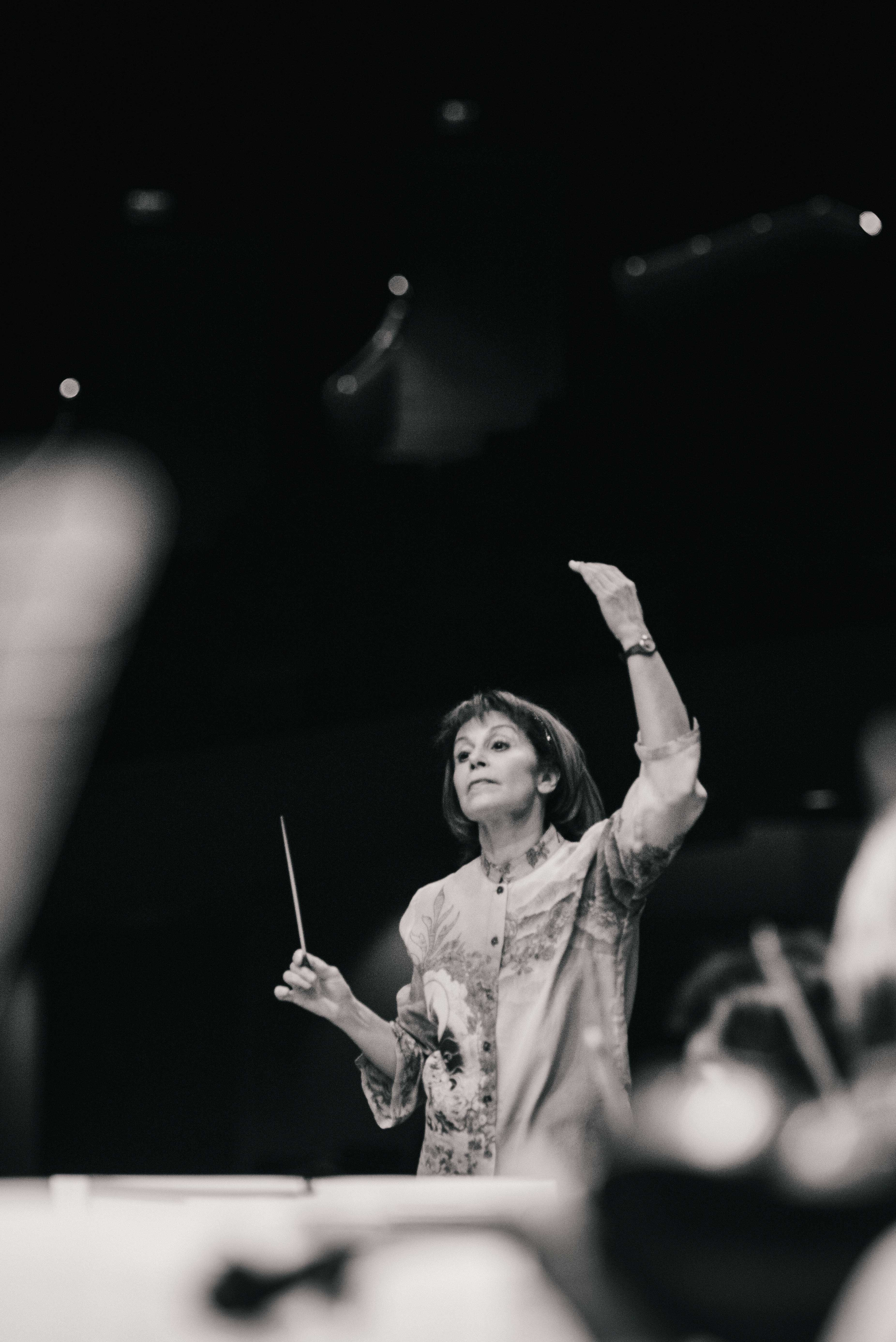
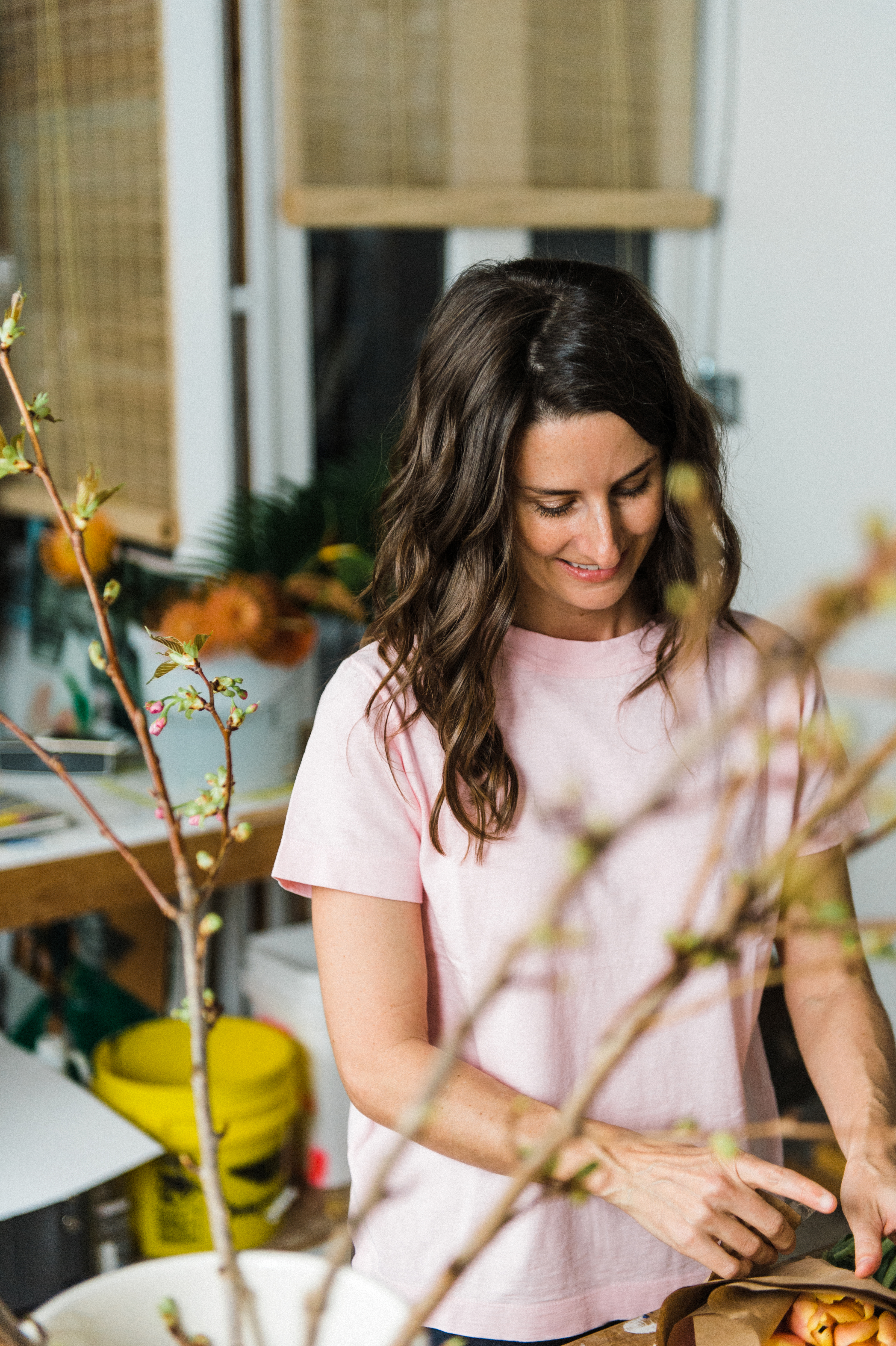
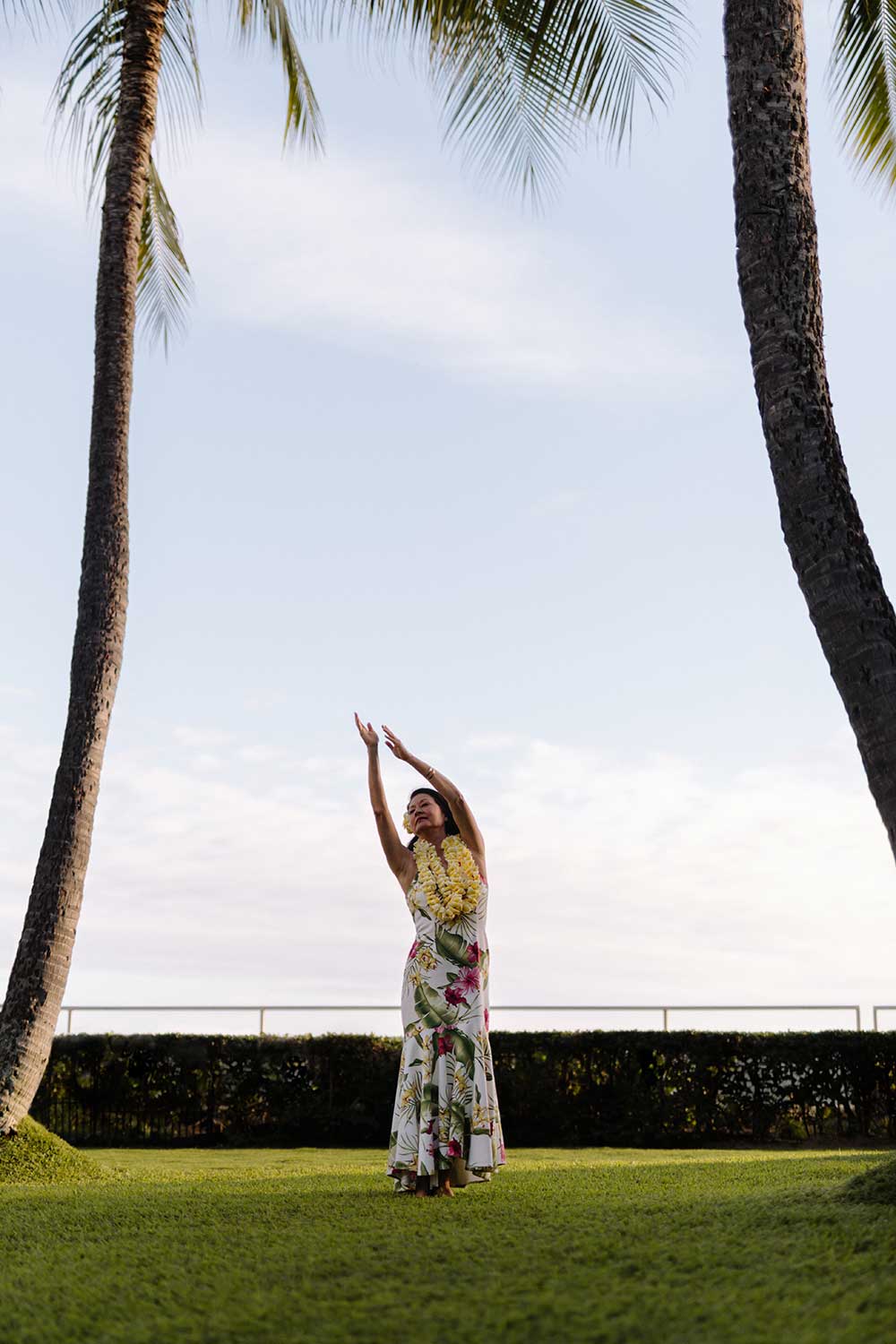
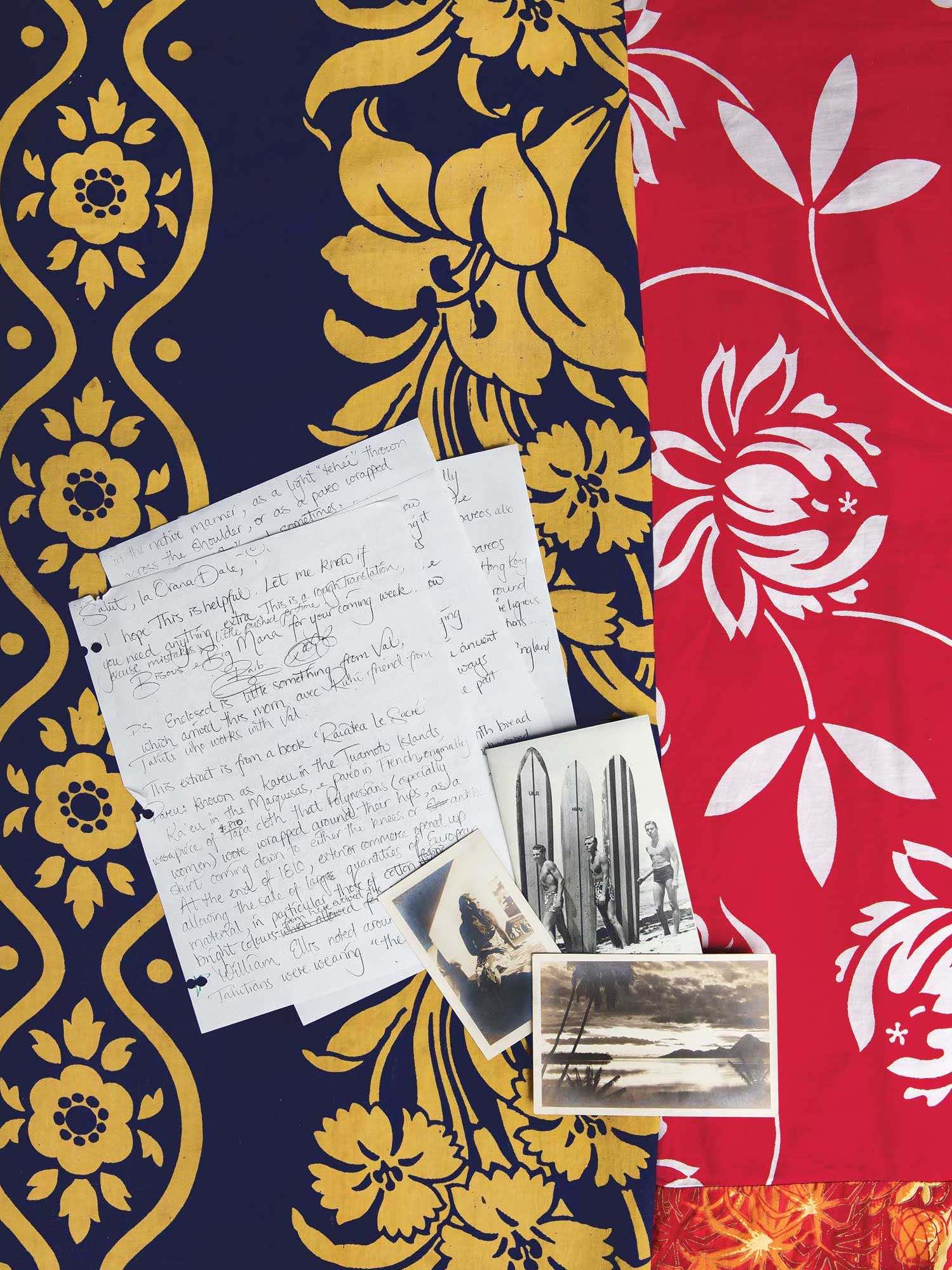
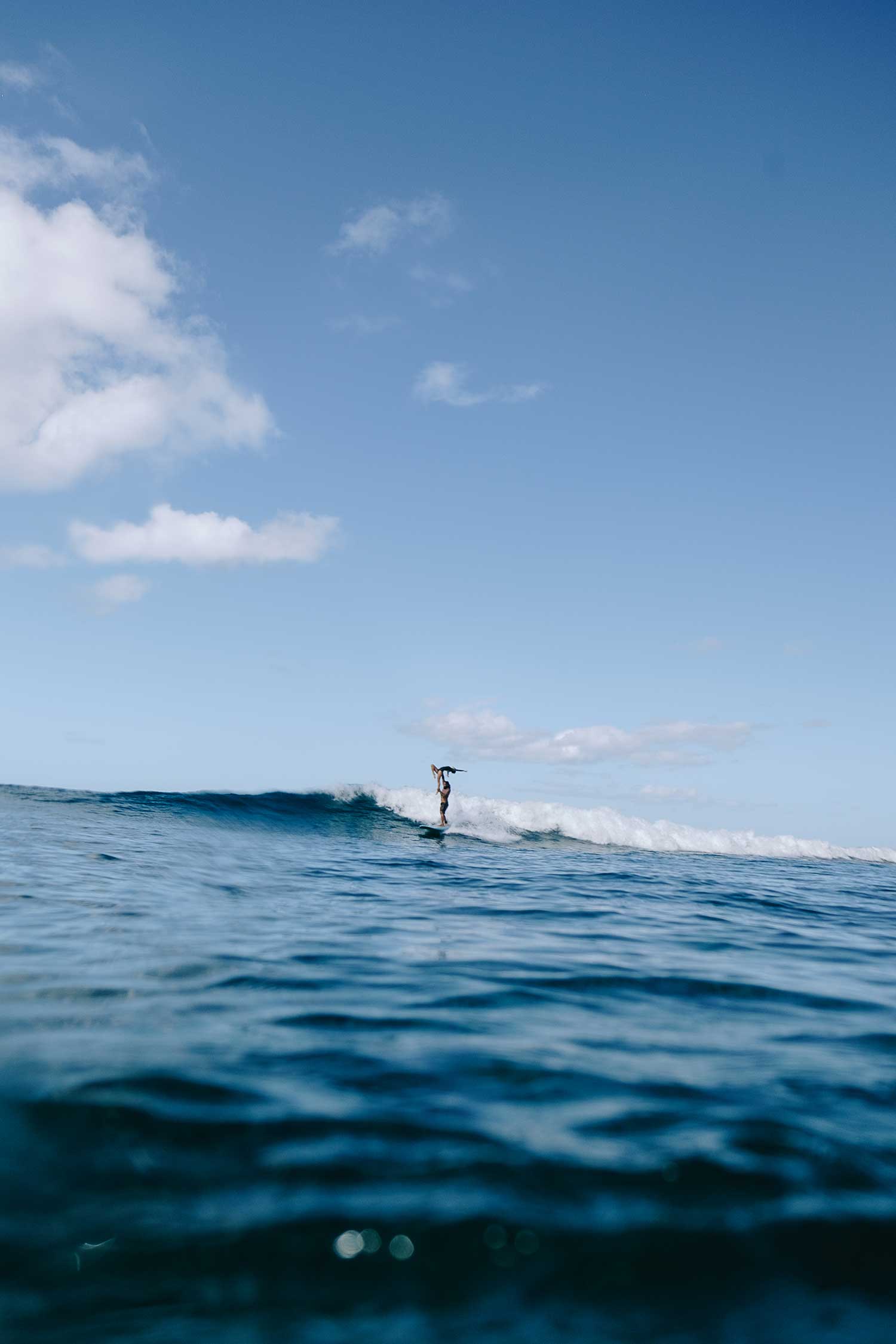
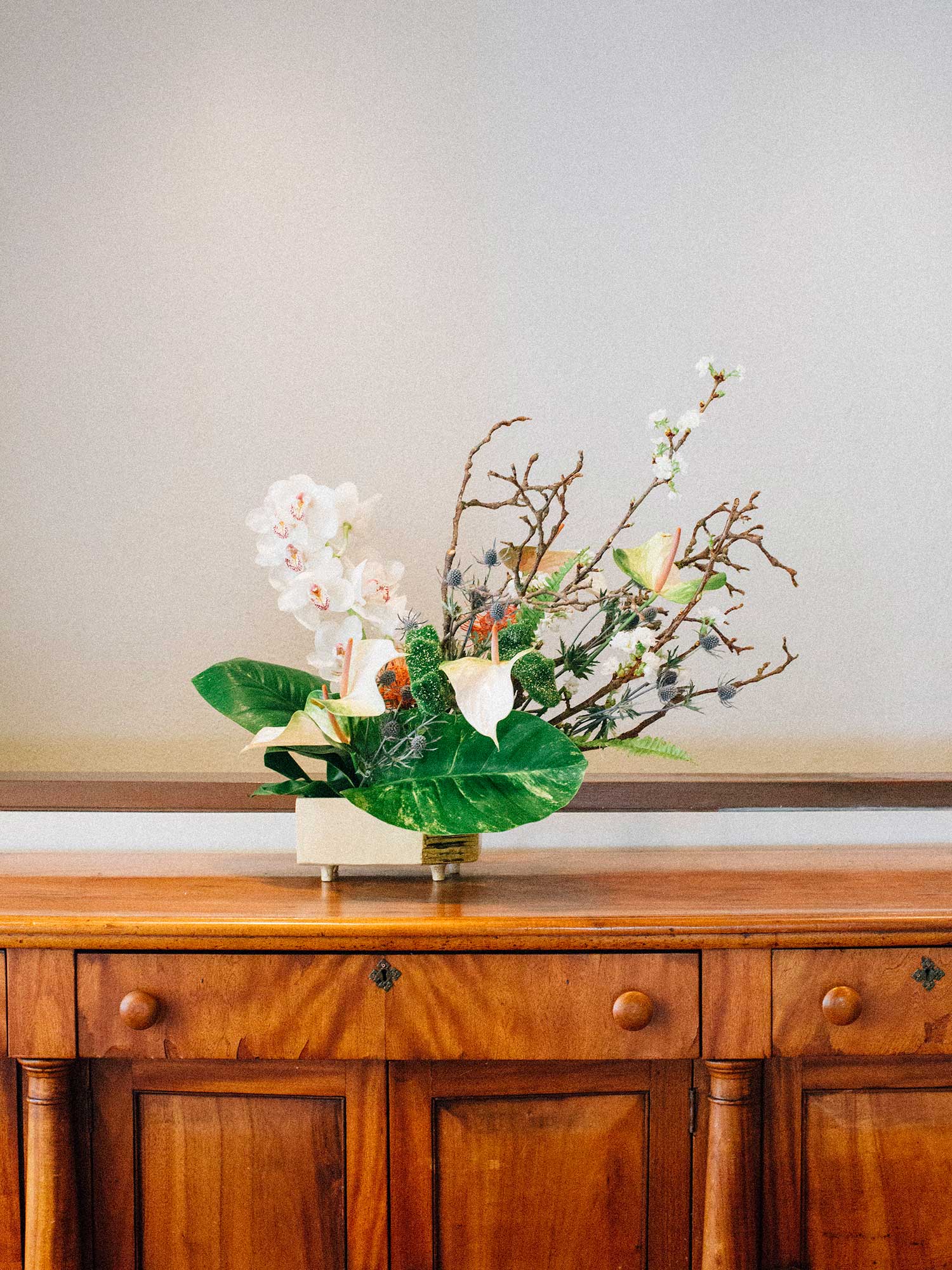
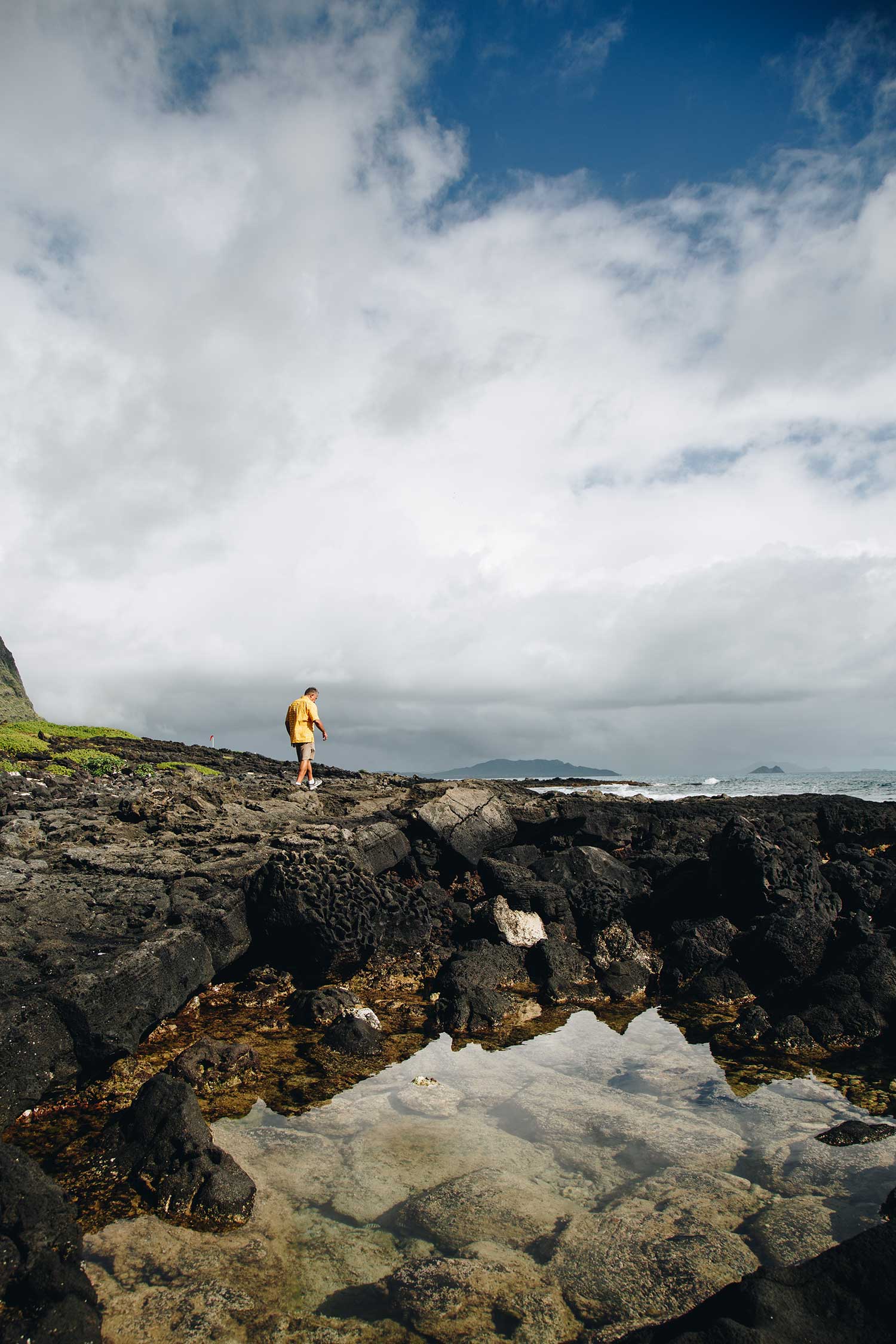
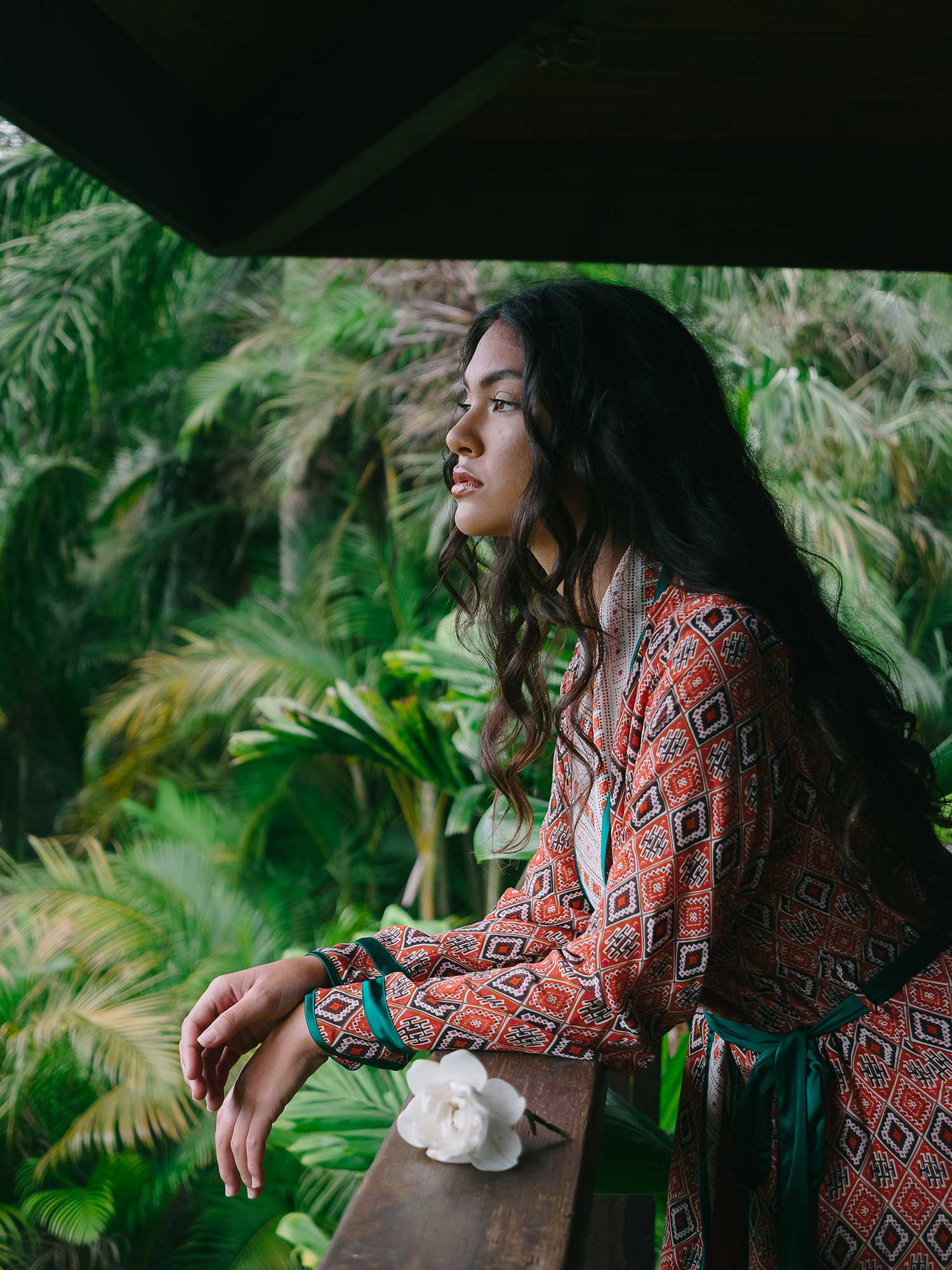
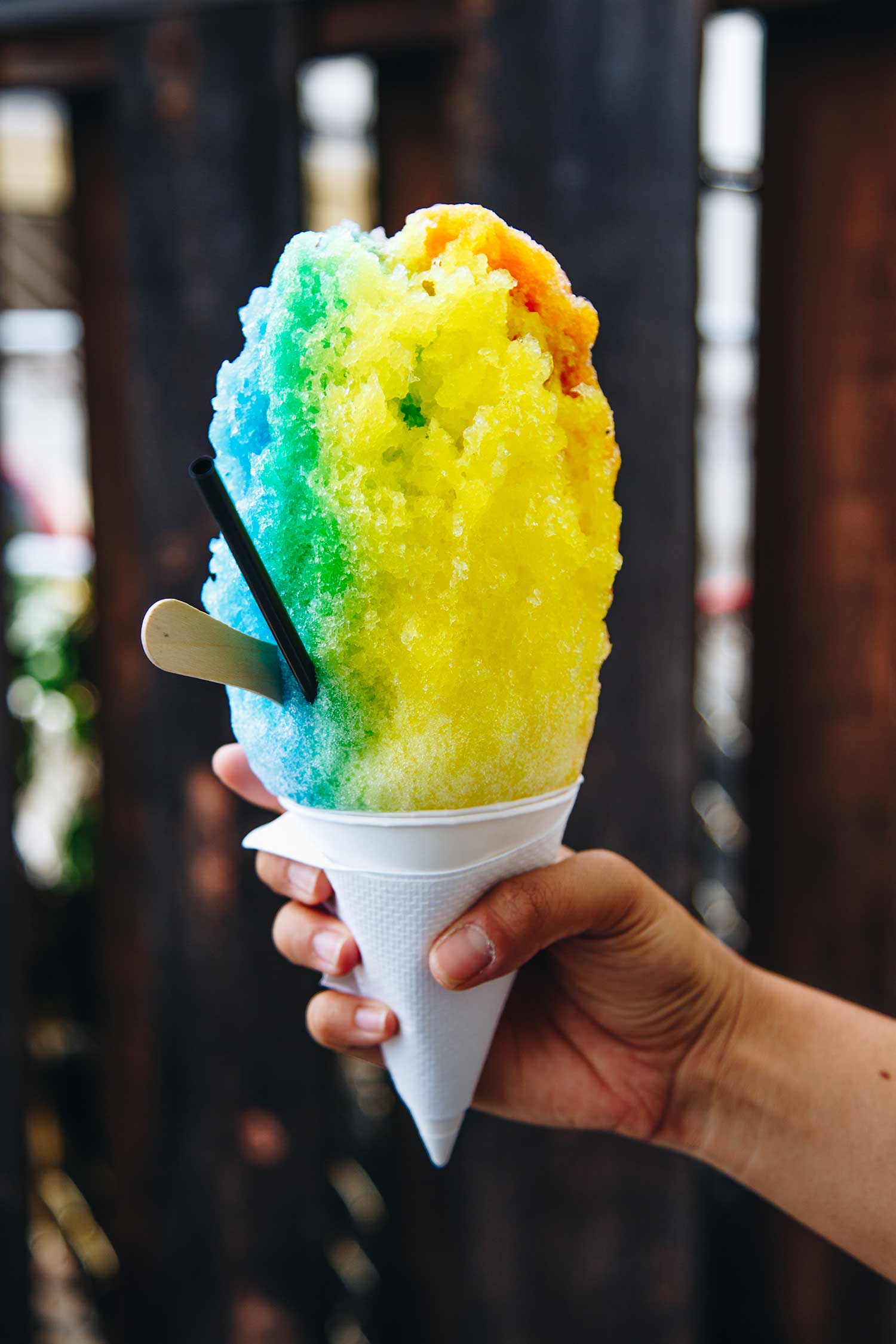
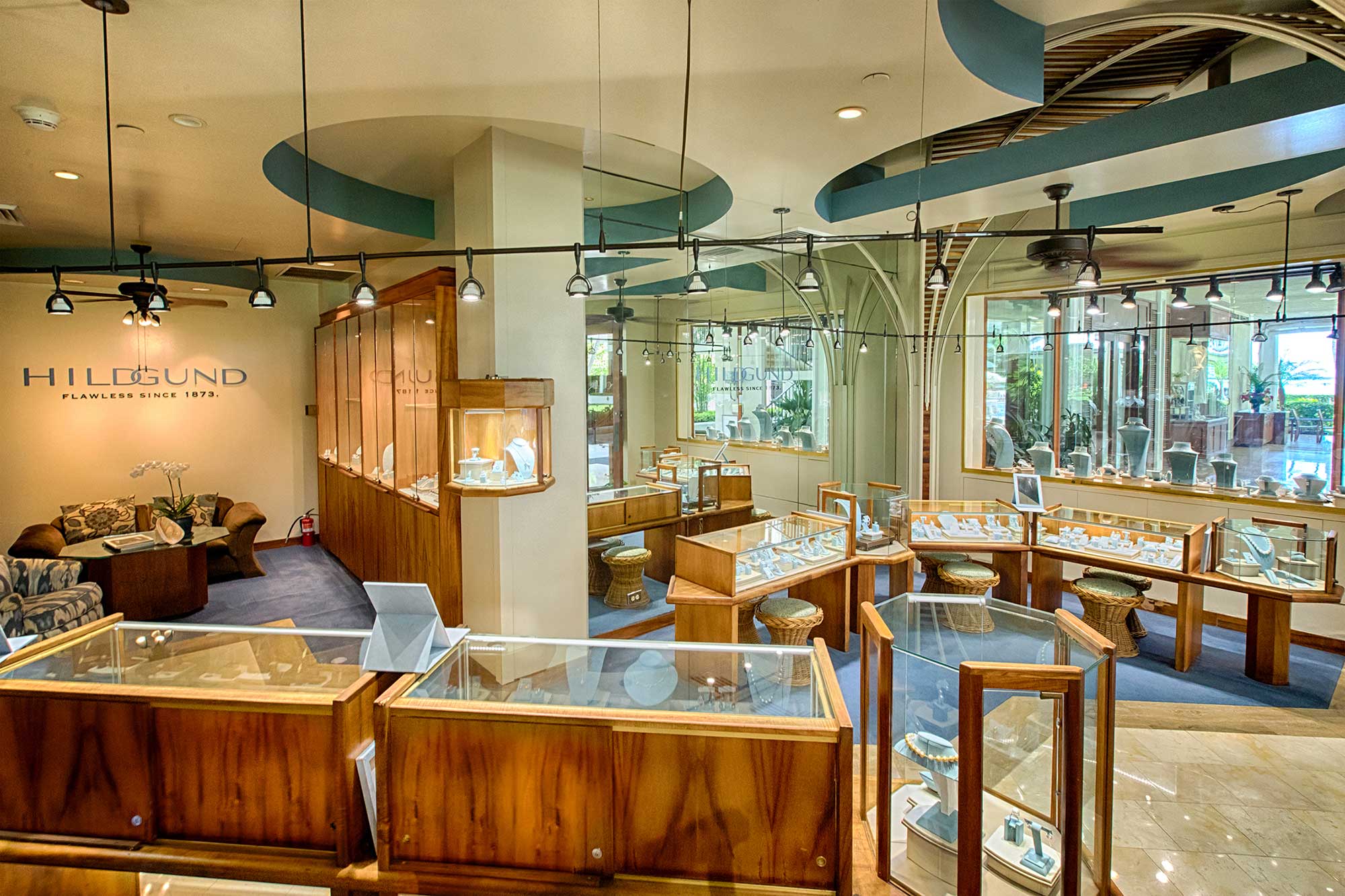
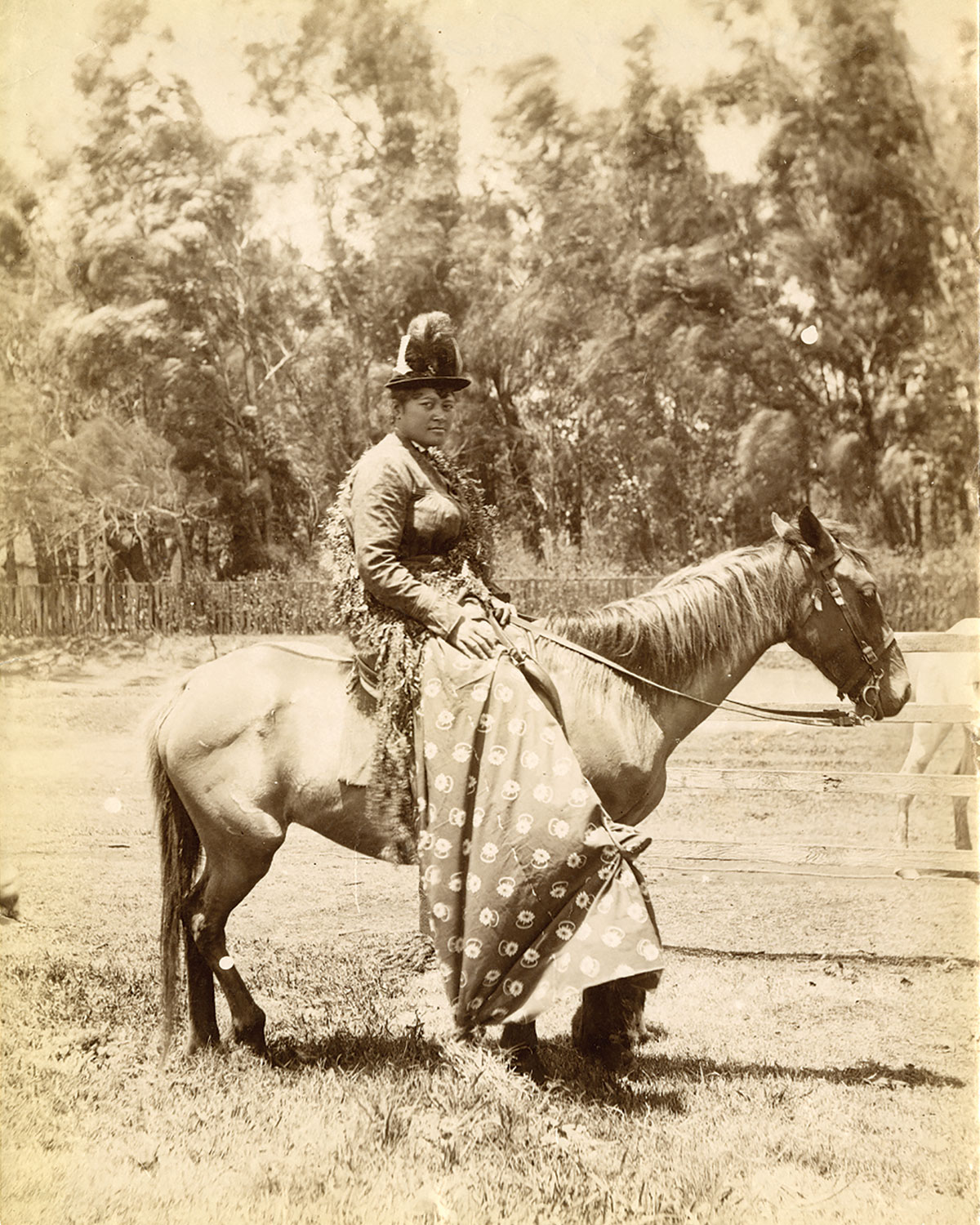
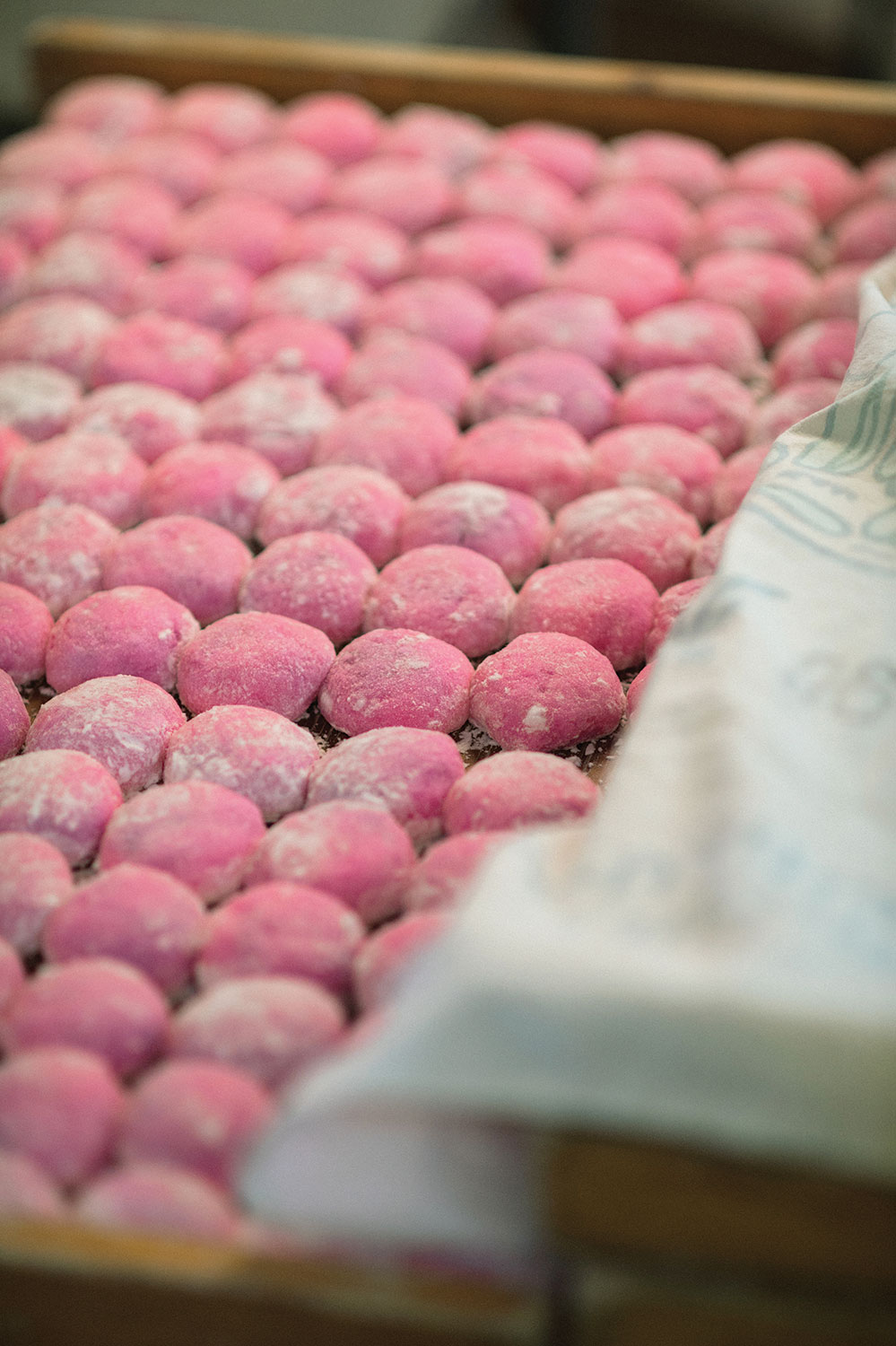
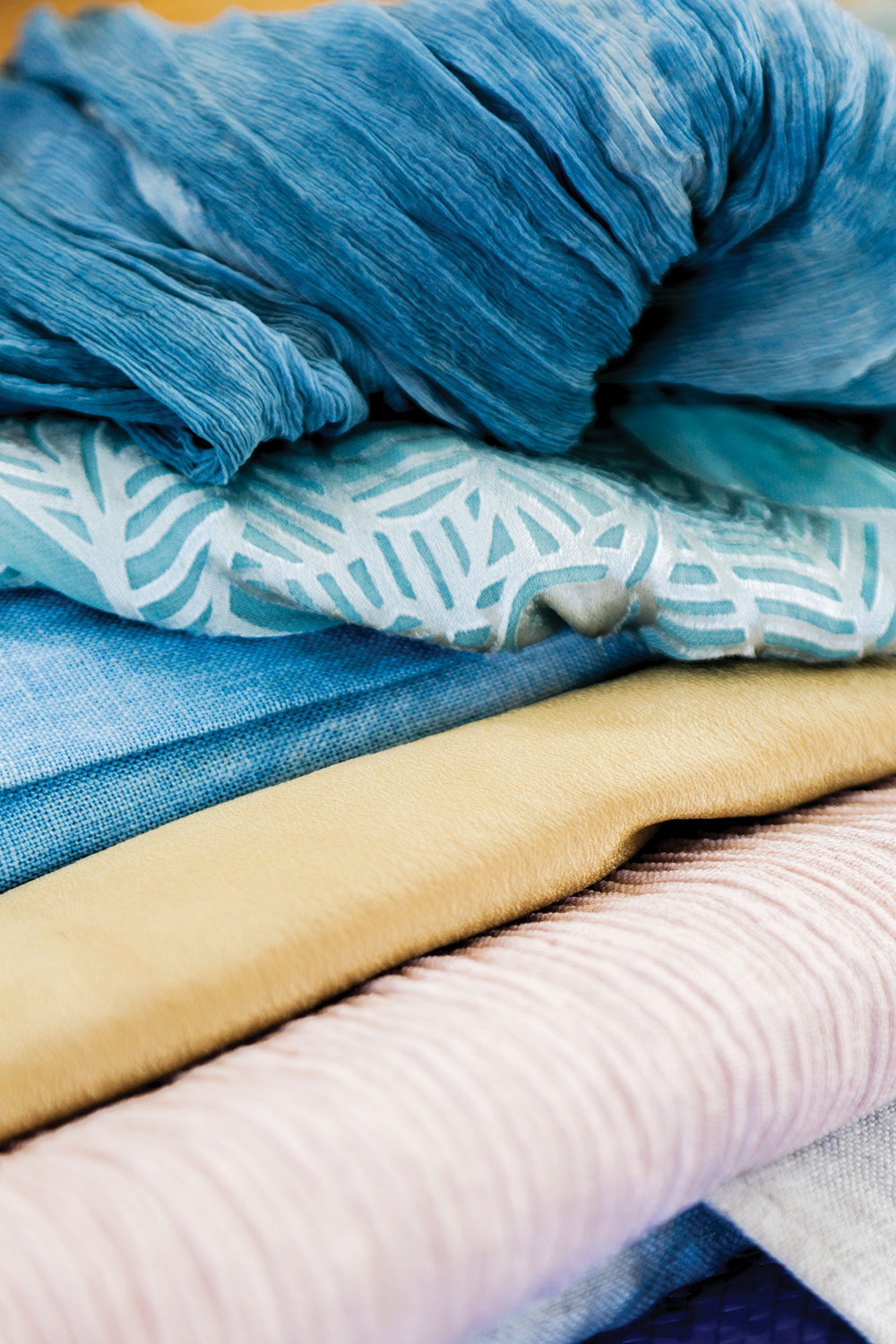
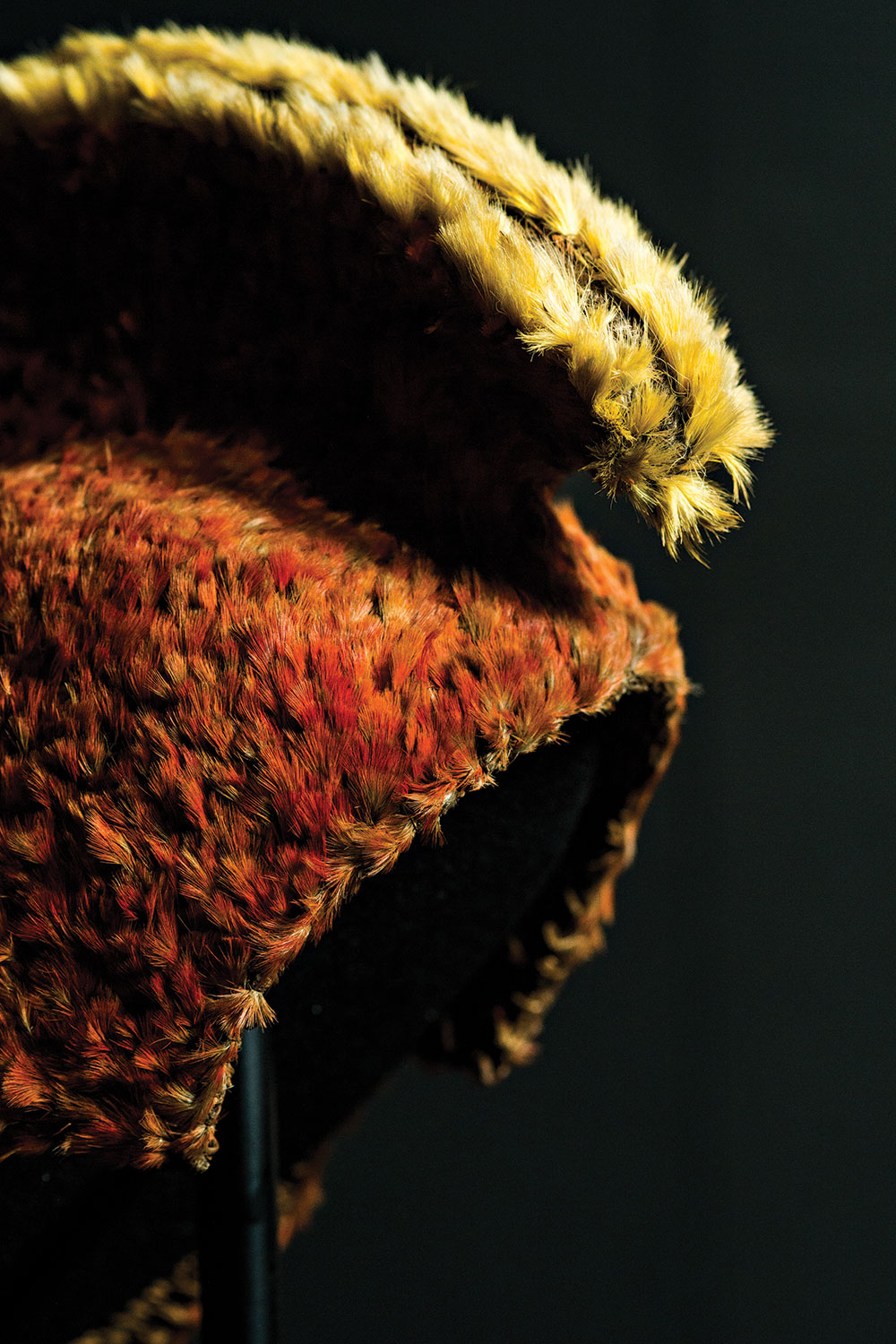
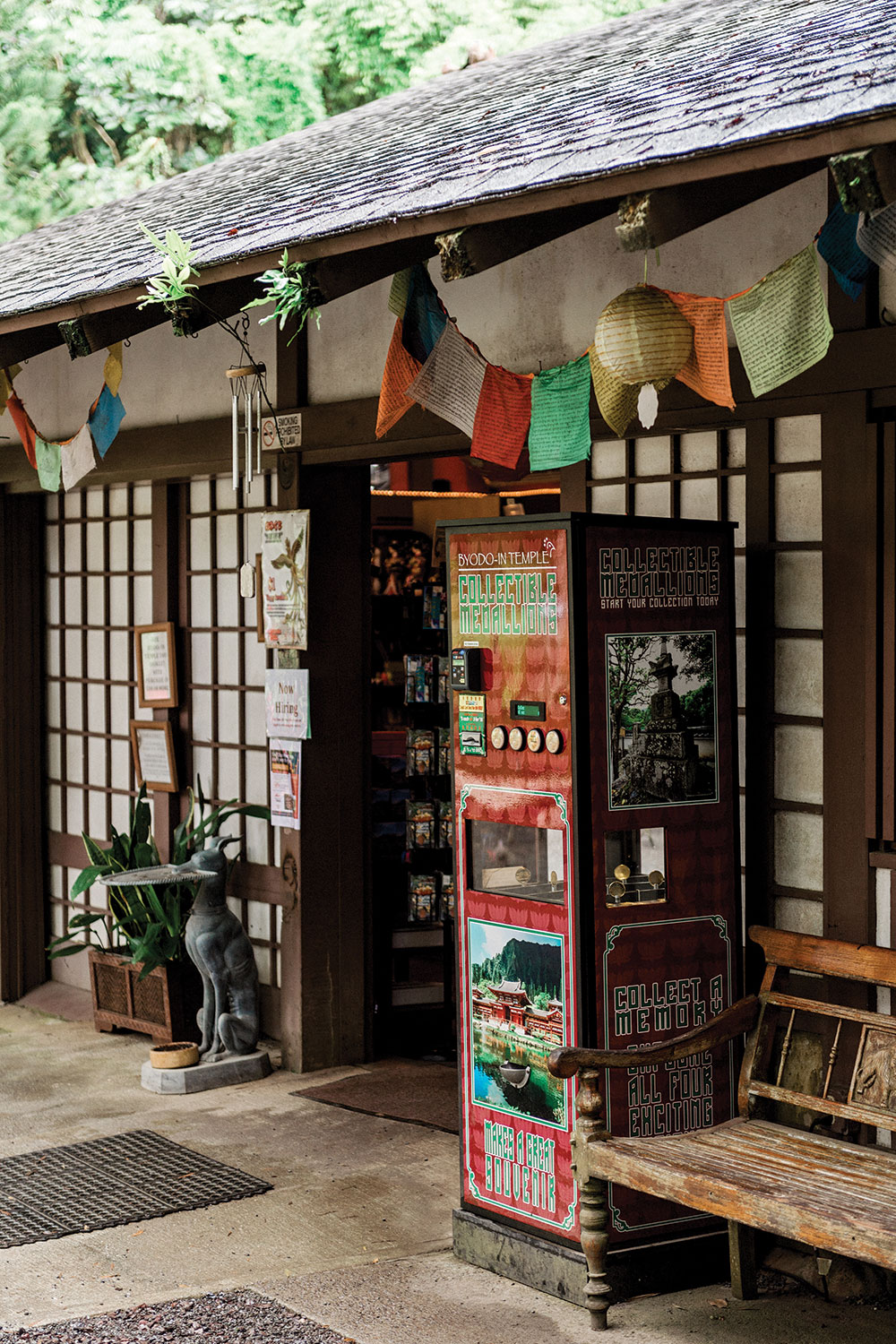
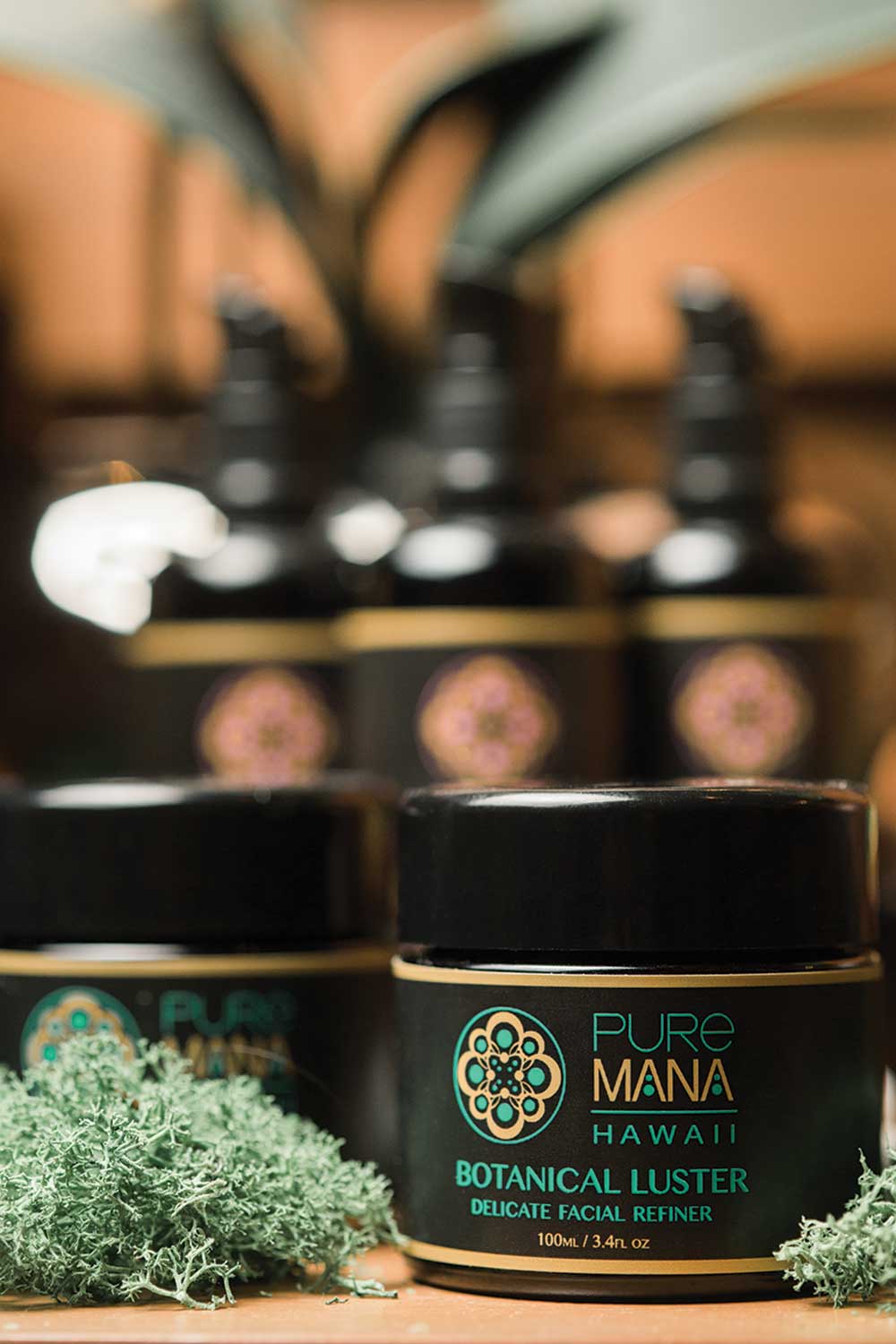
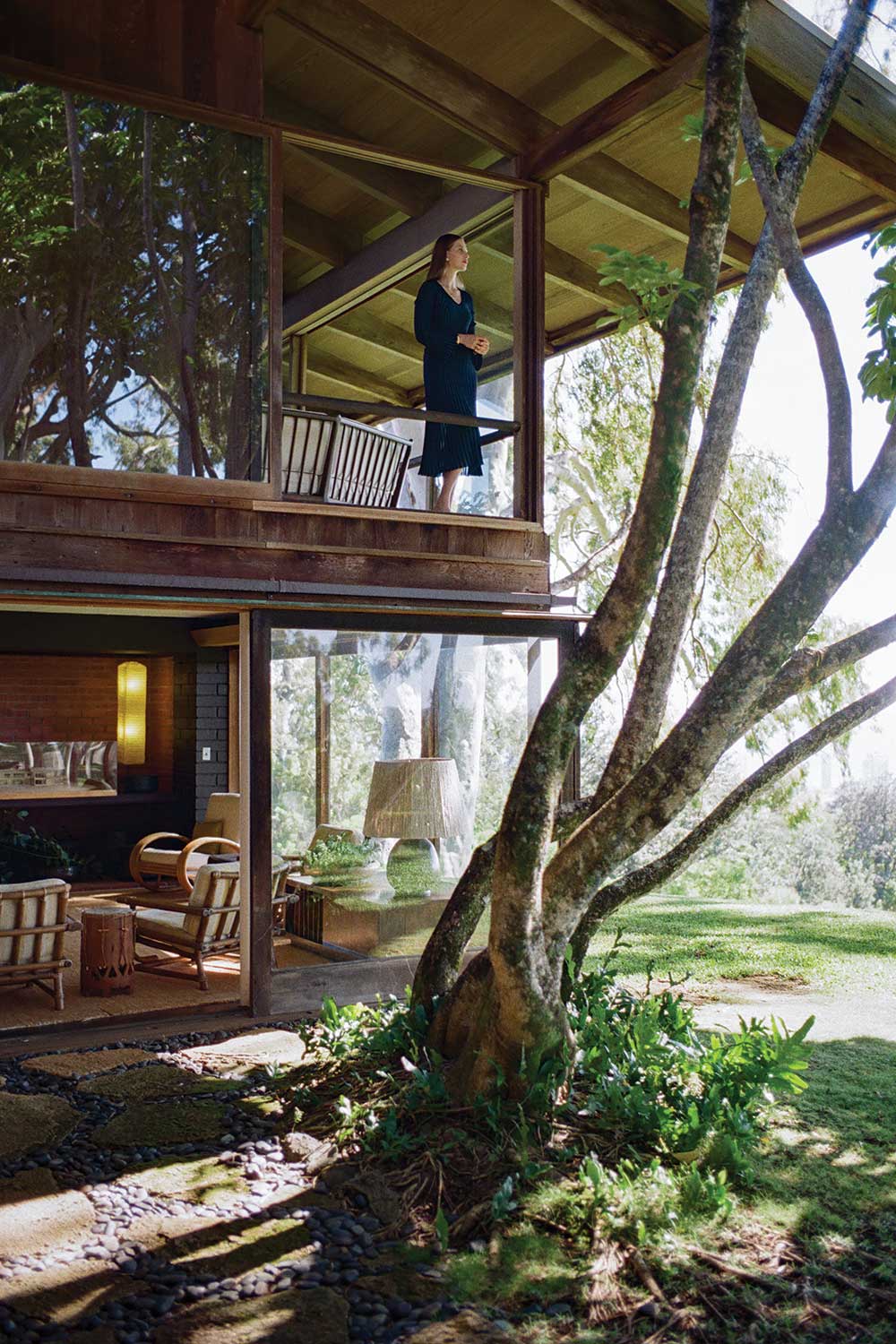
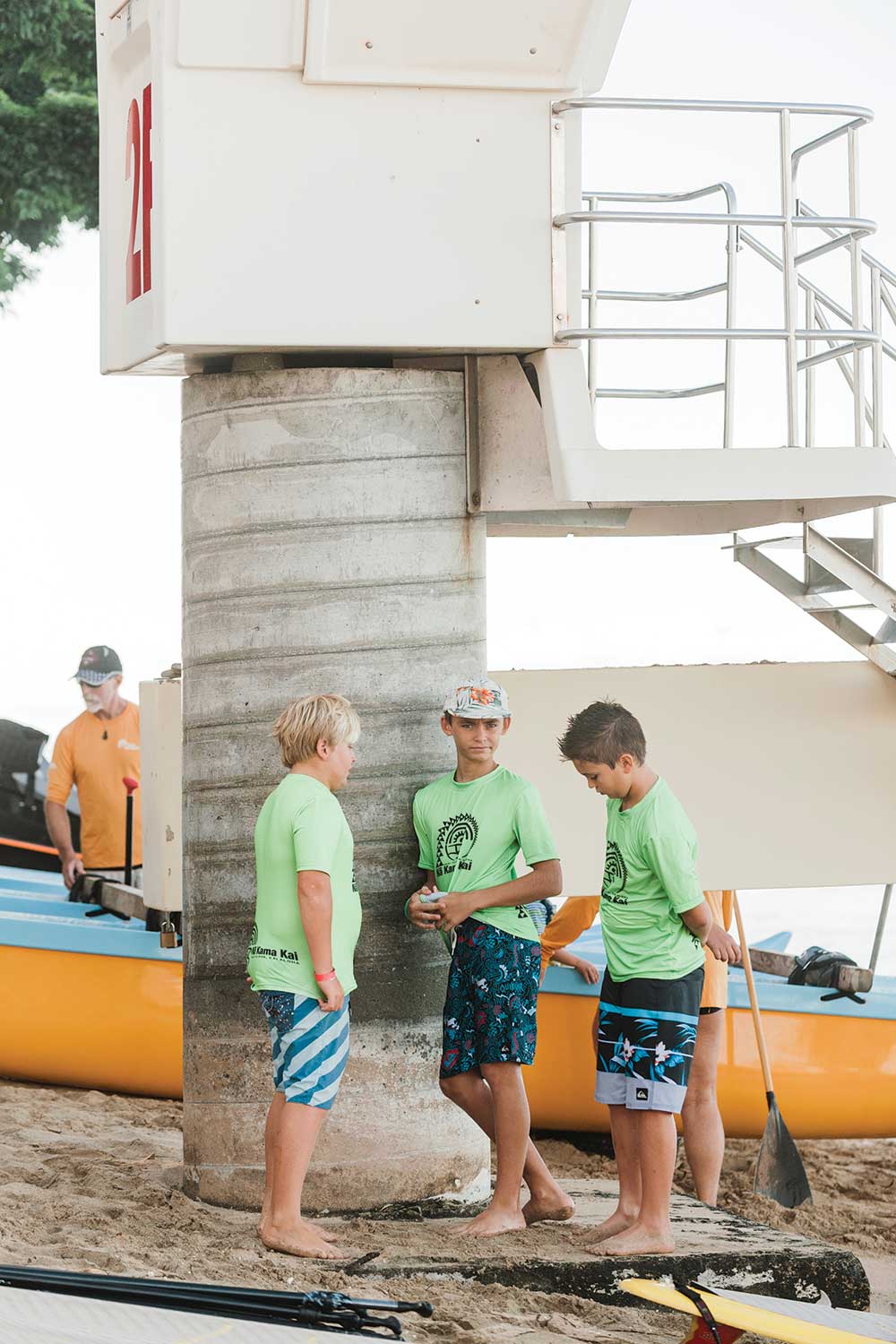
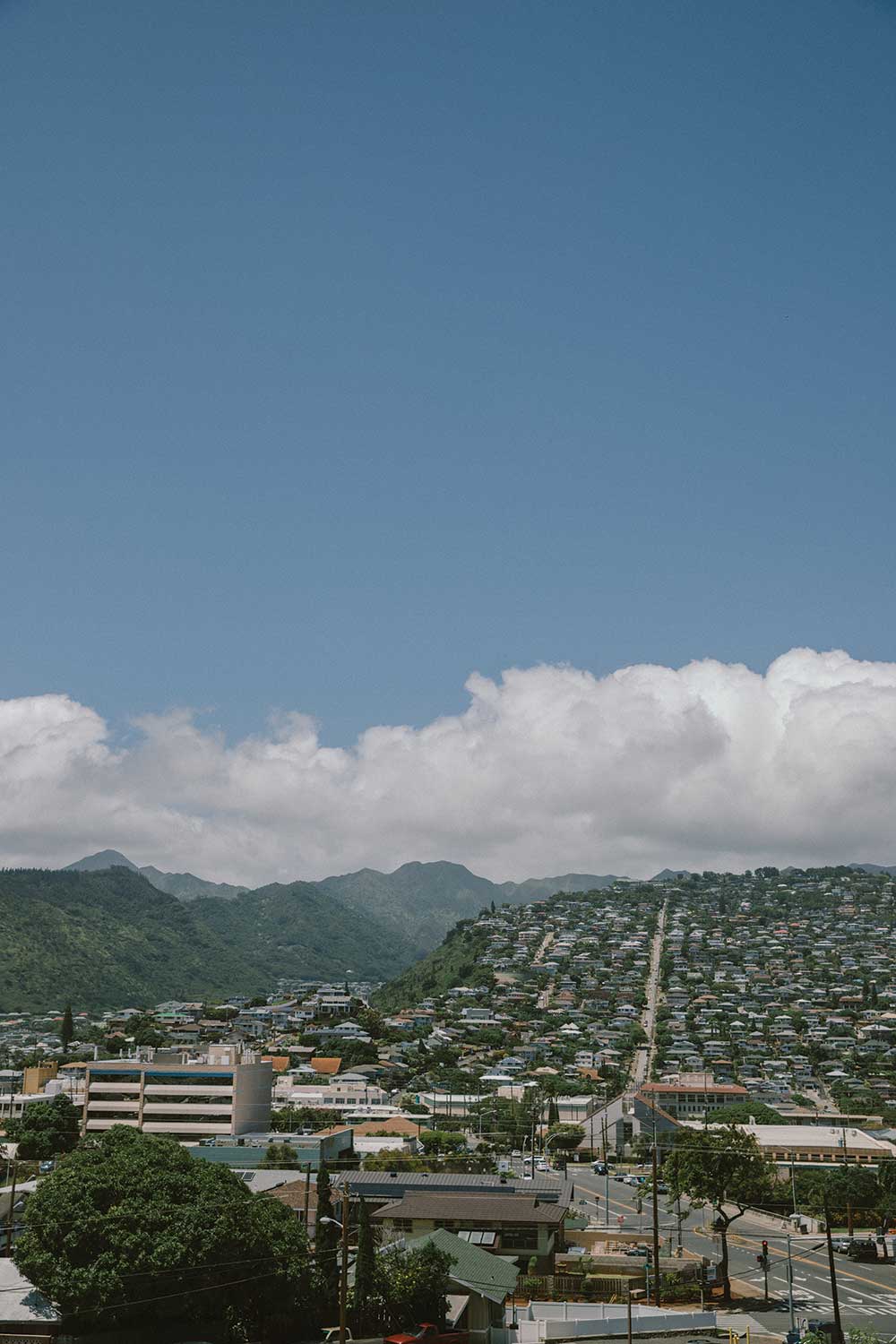
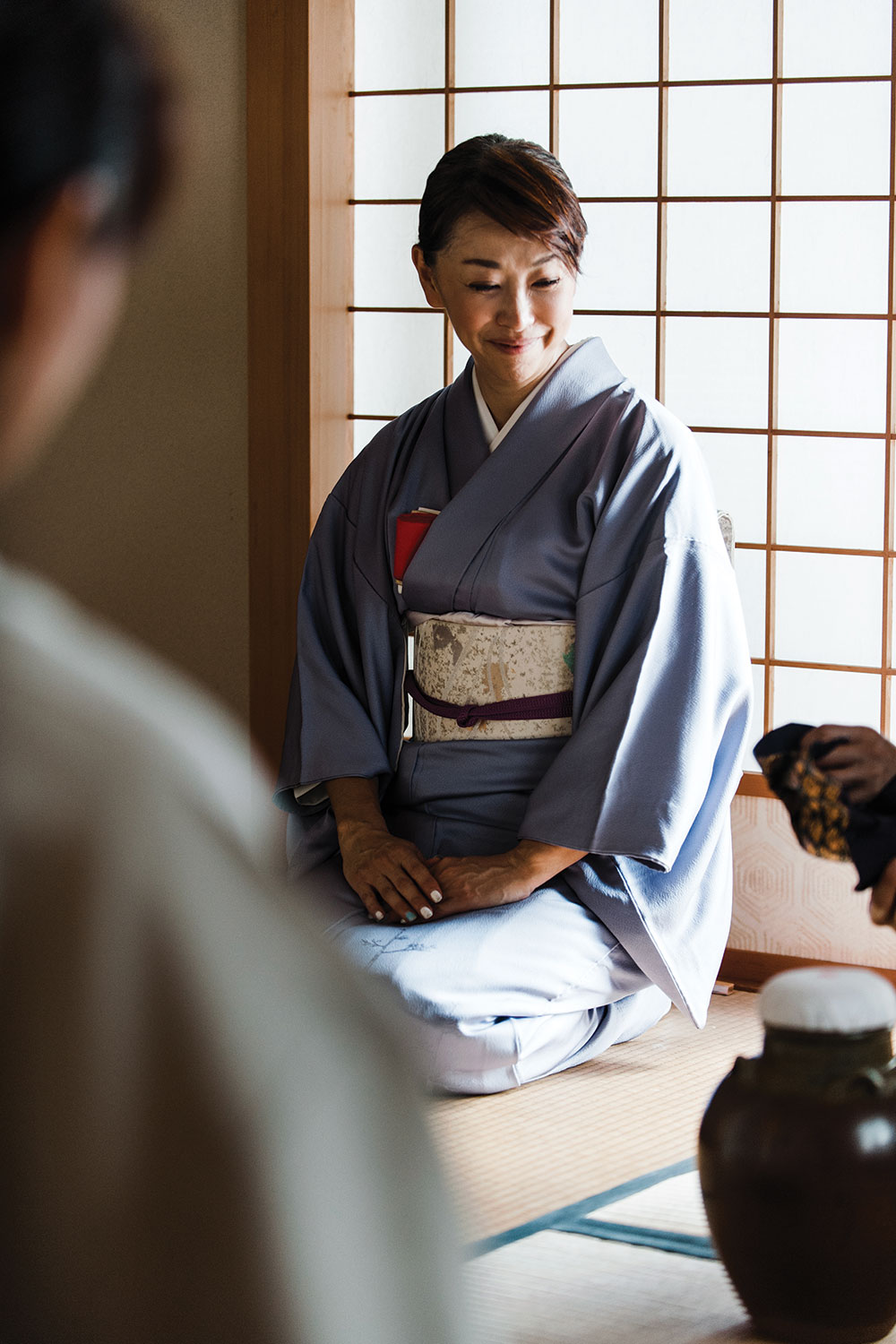
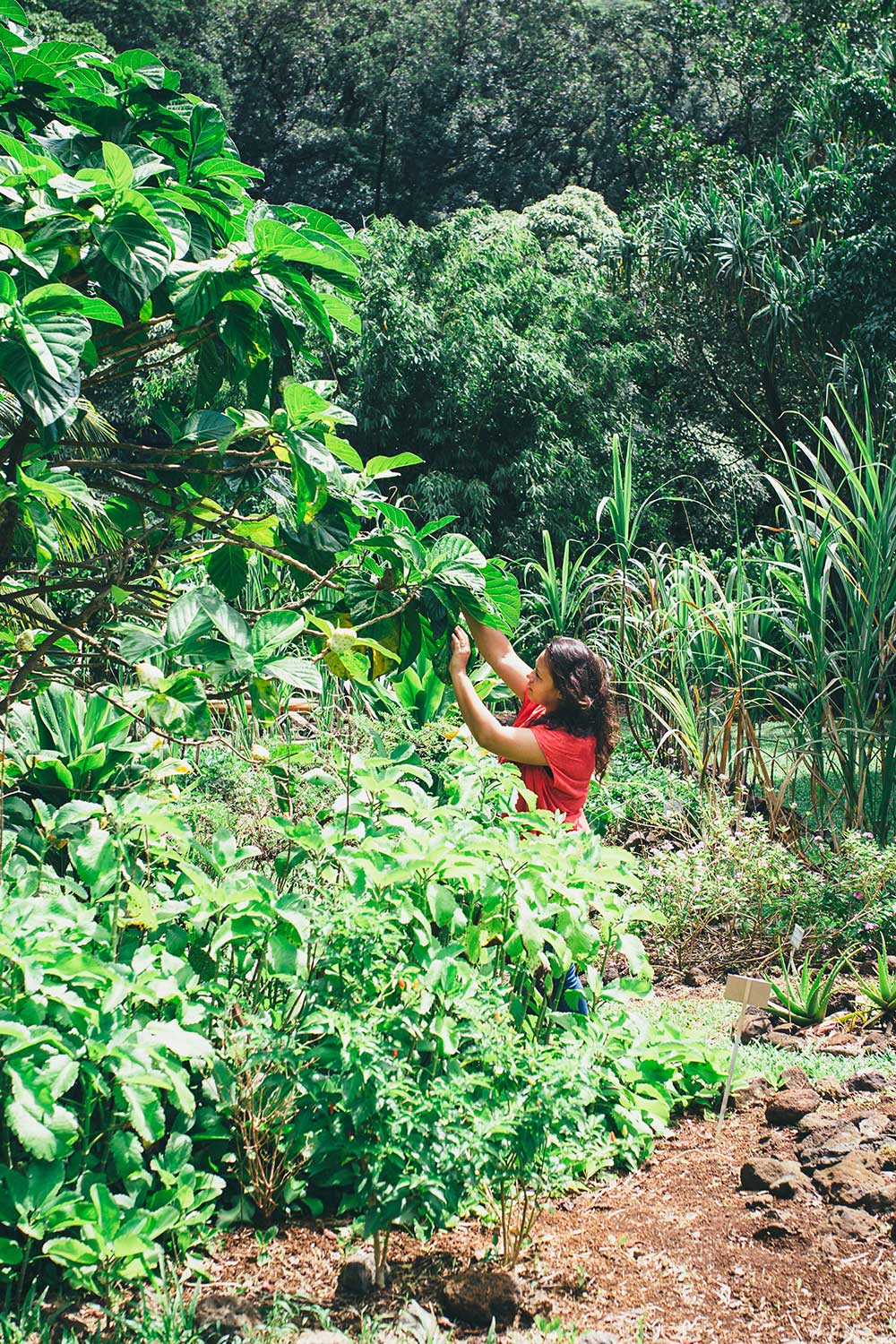
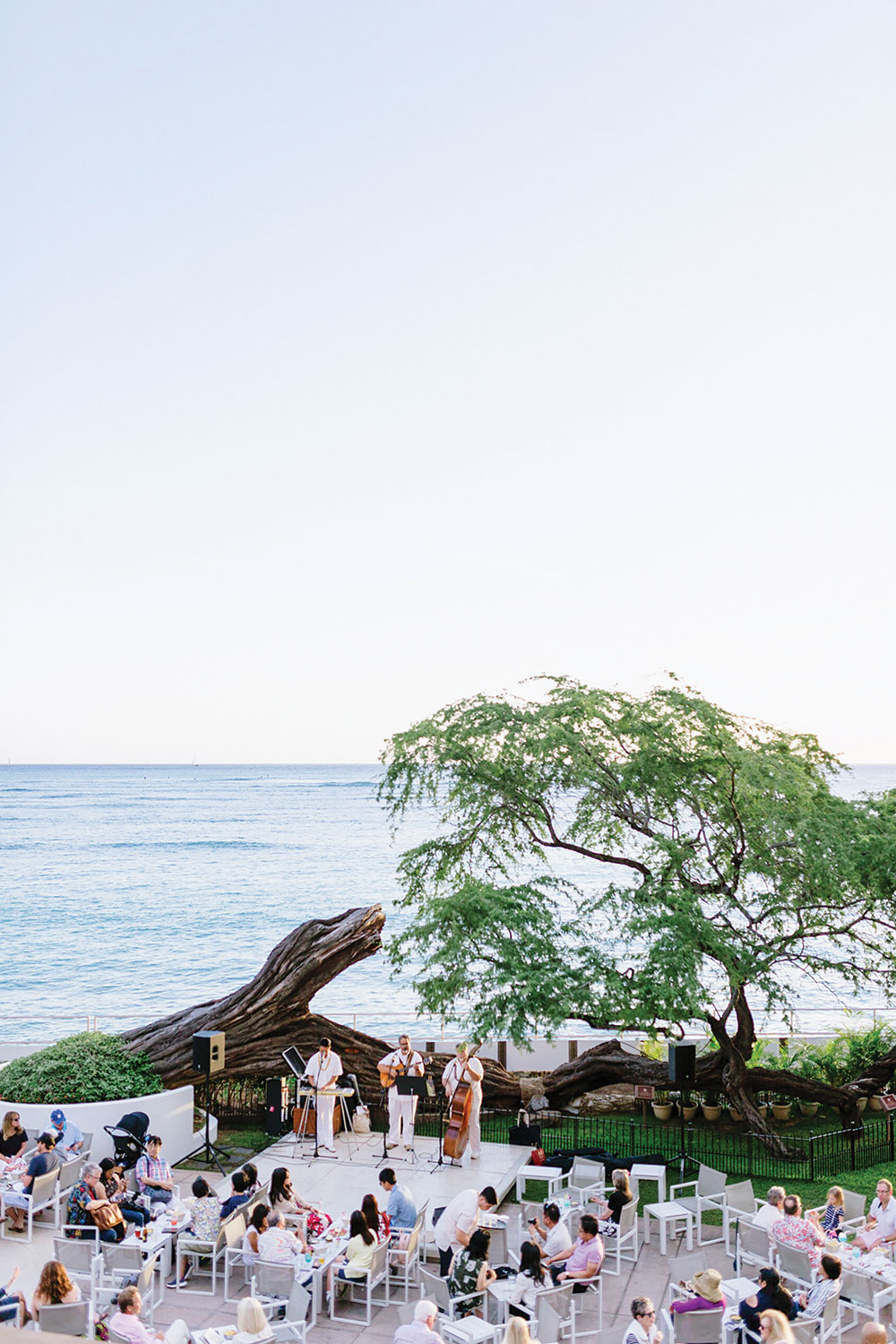
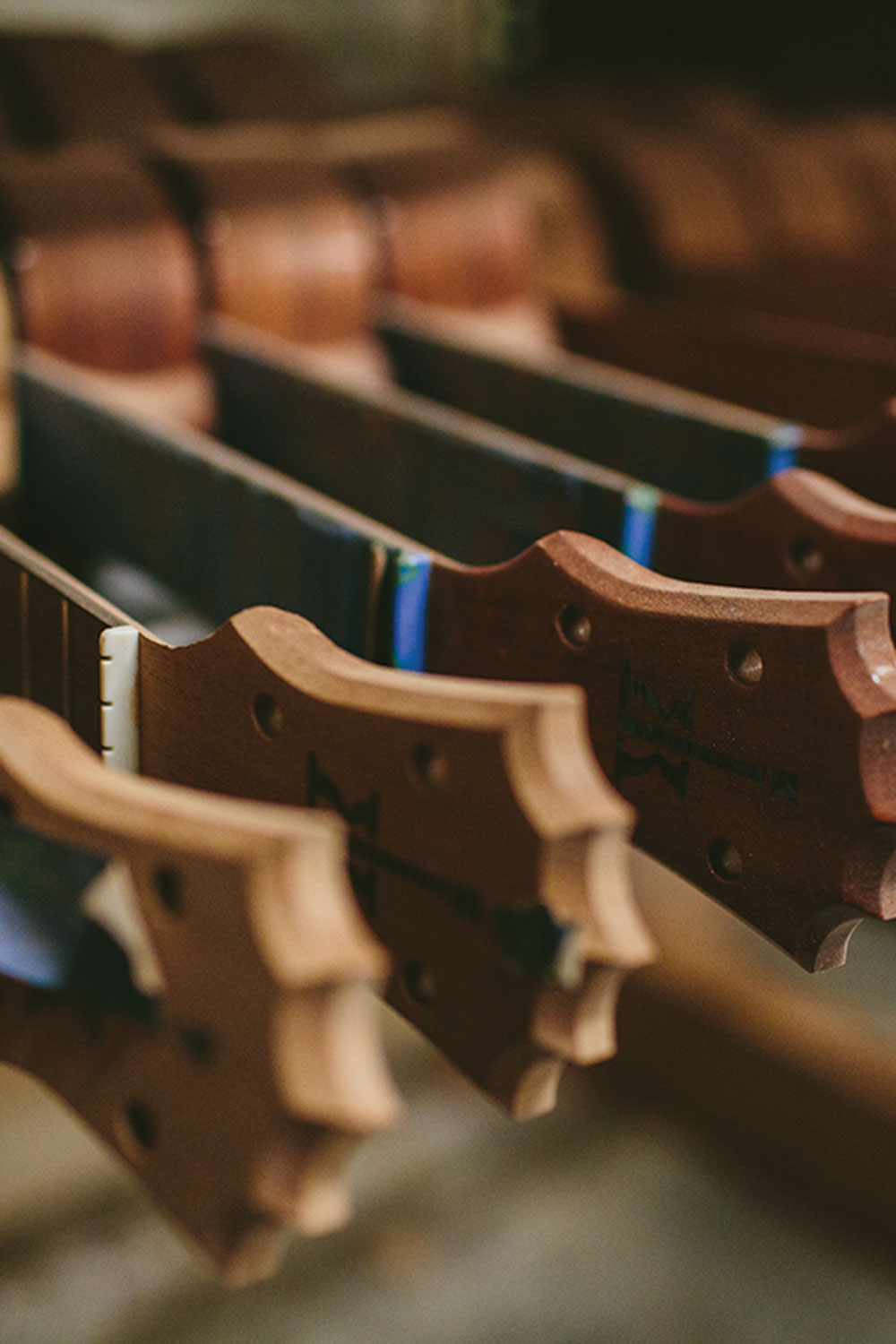
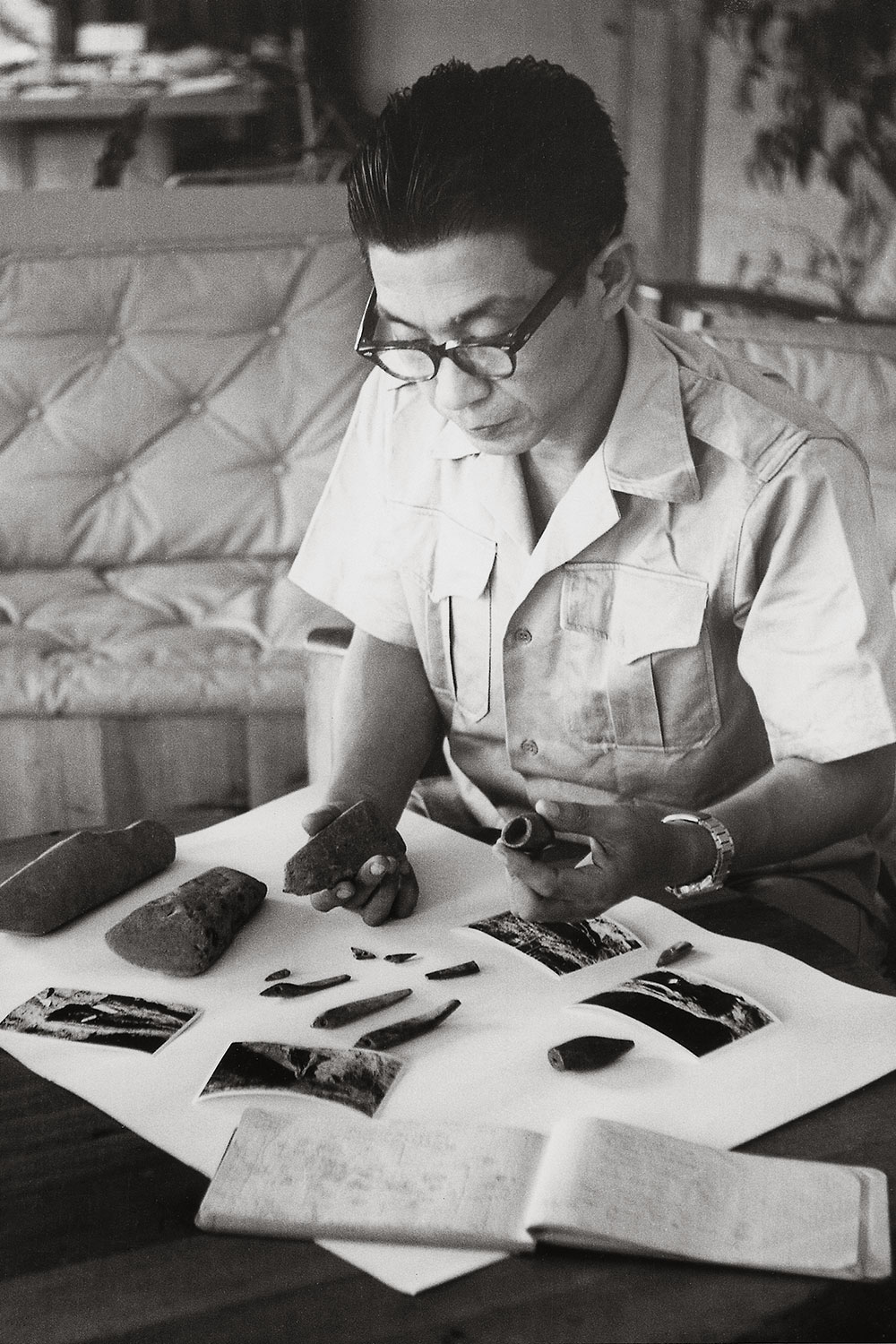
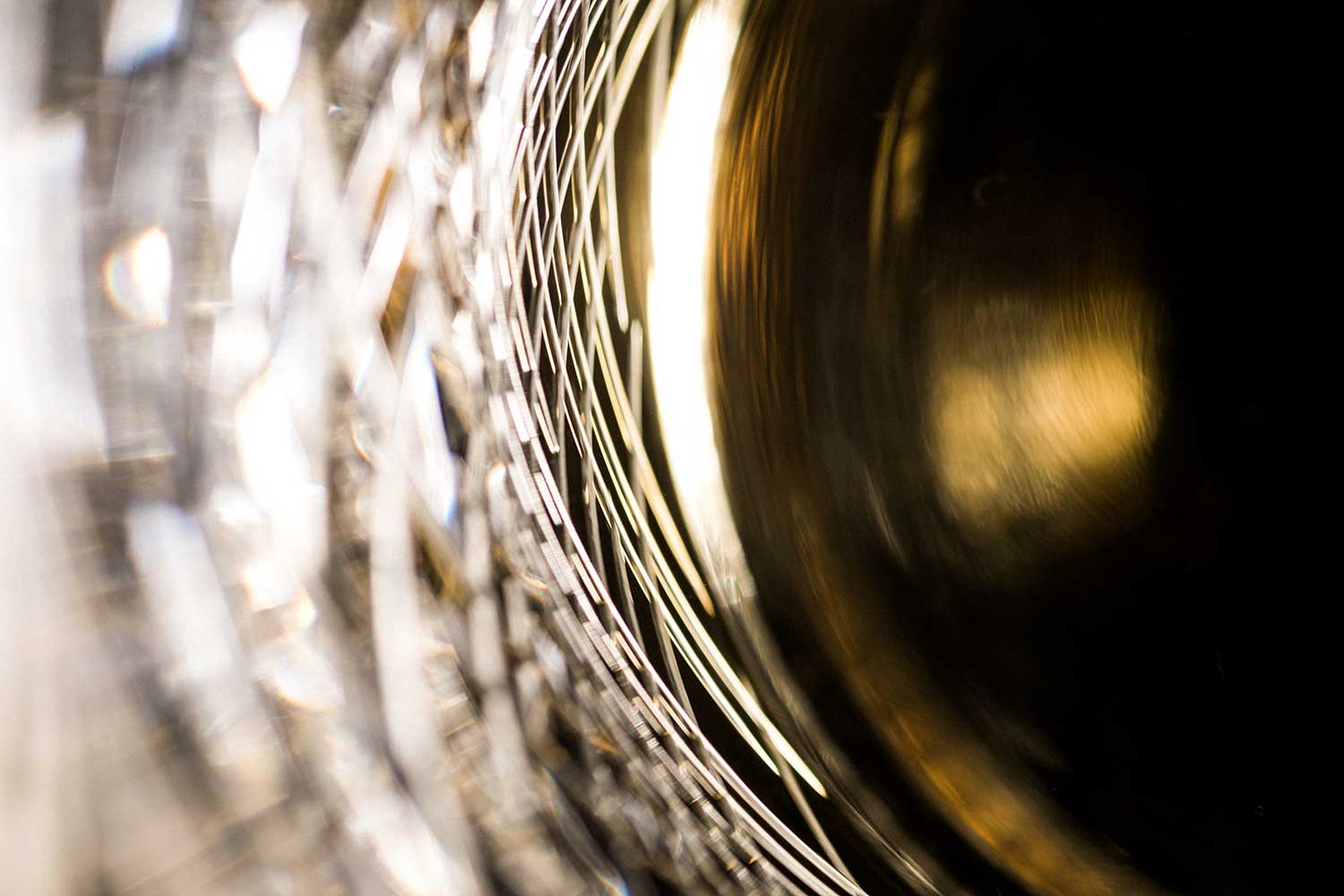
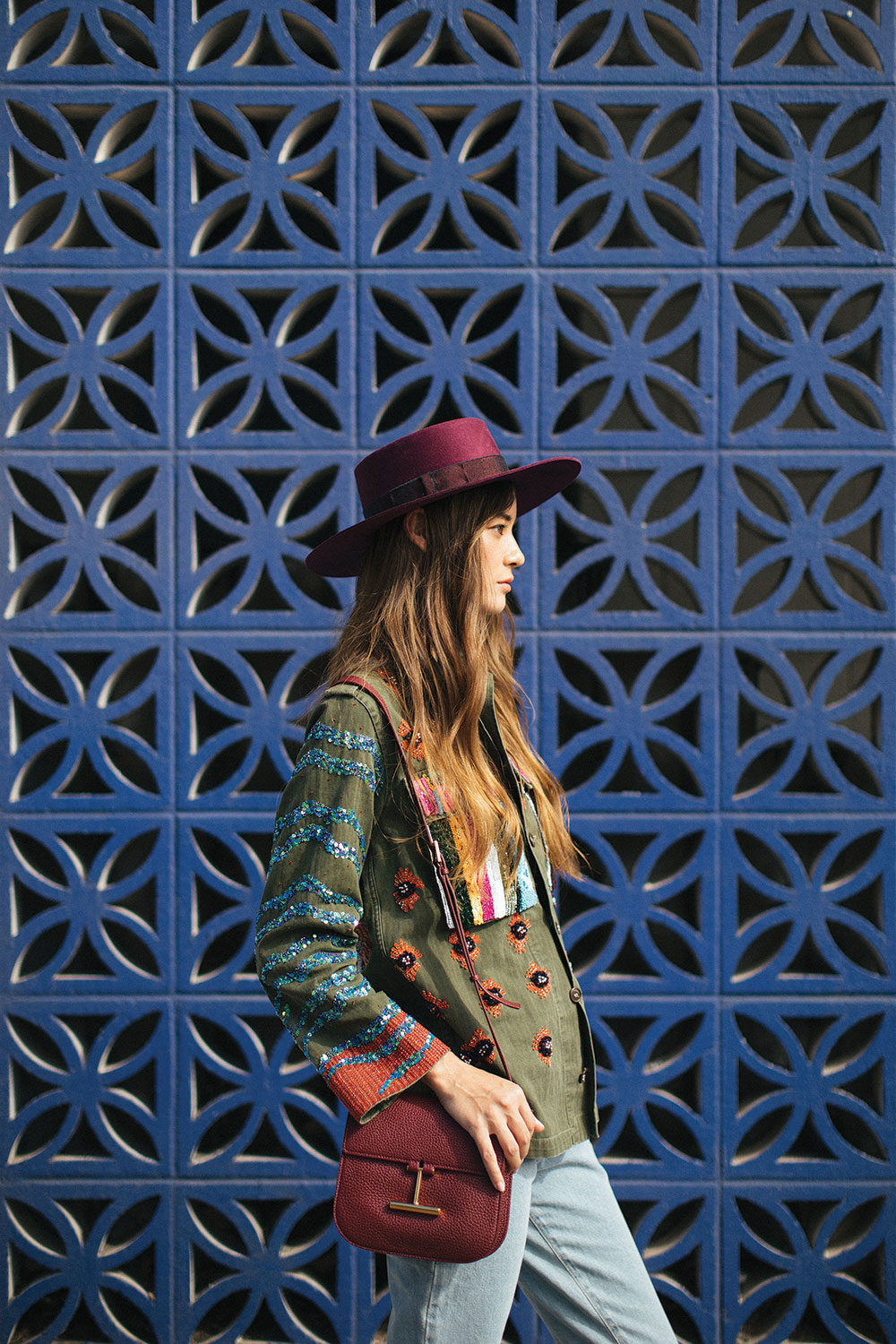








Share: